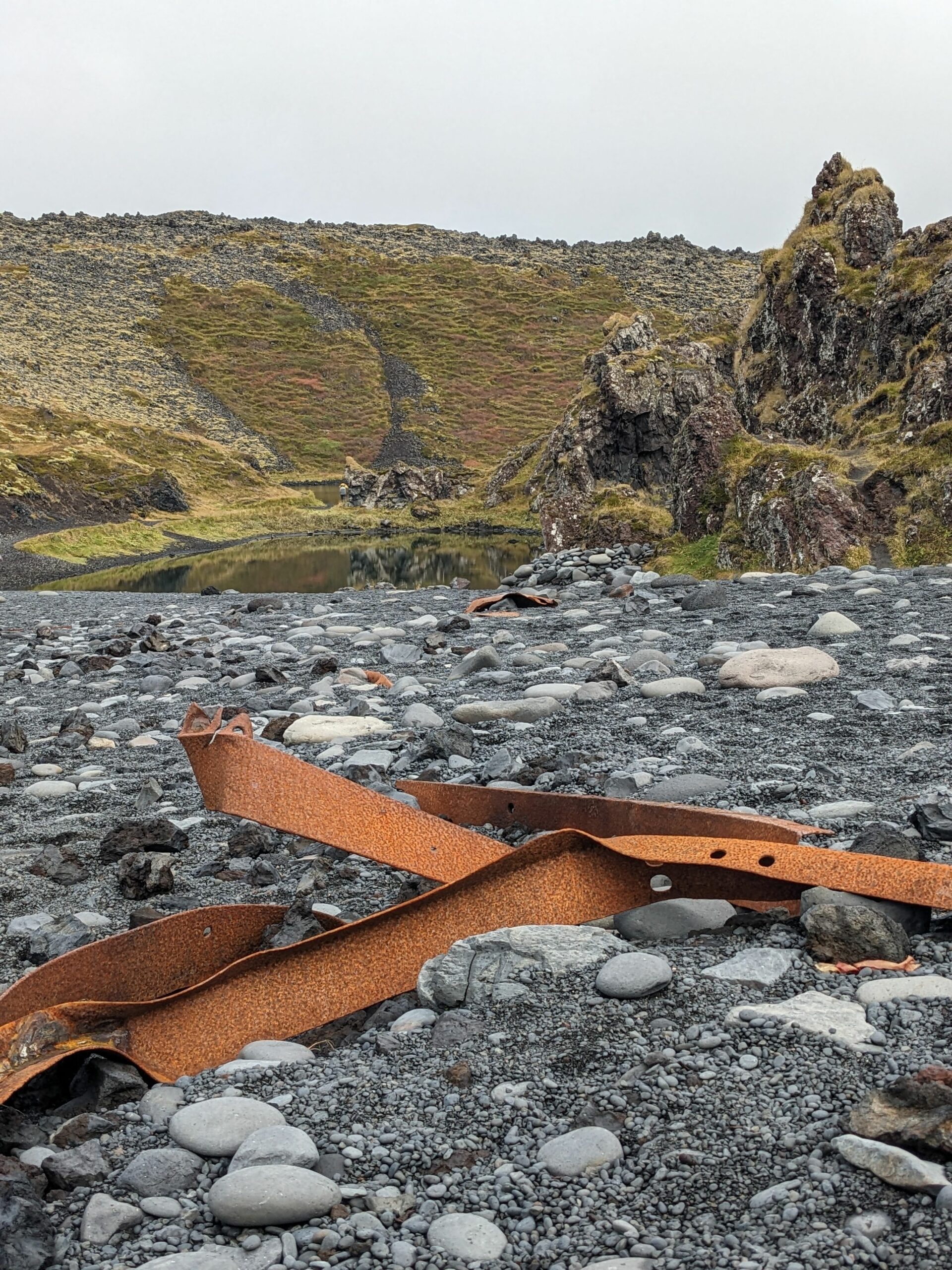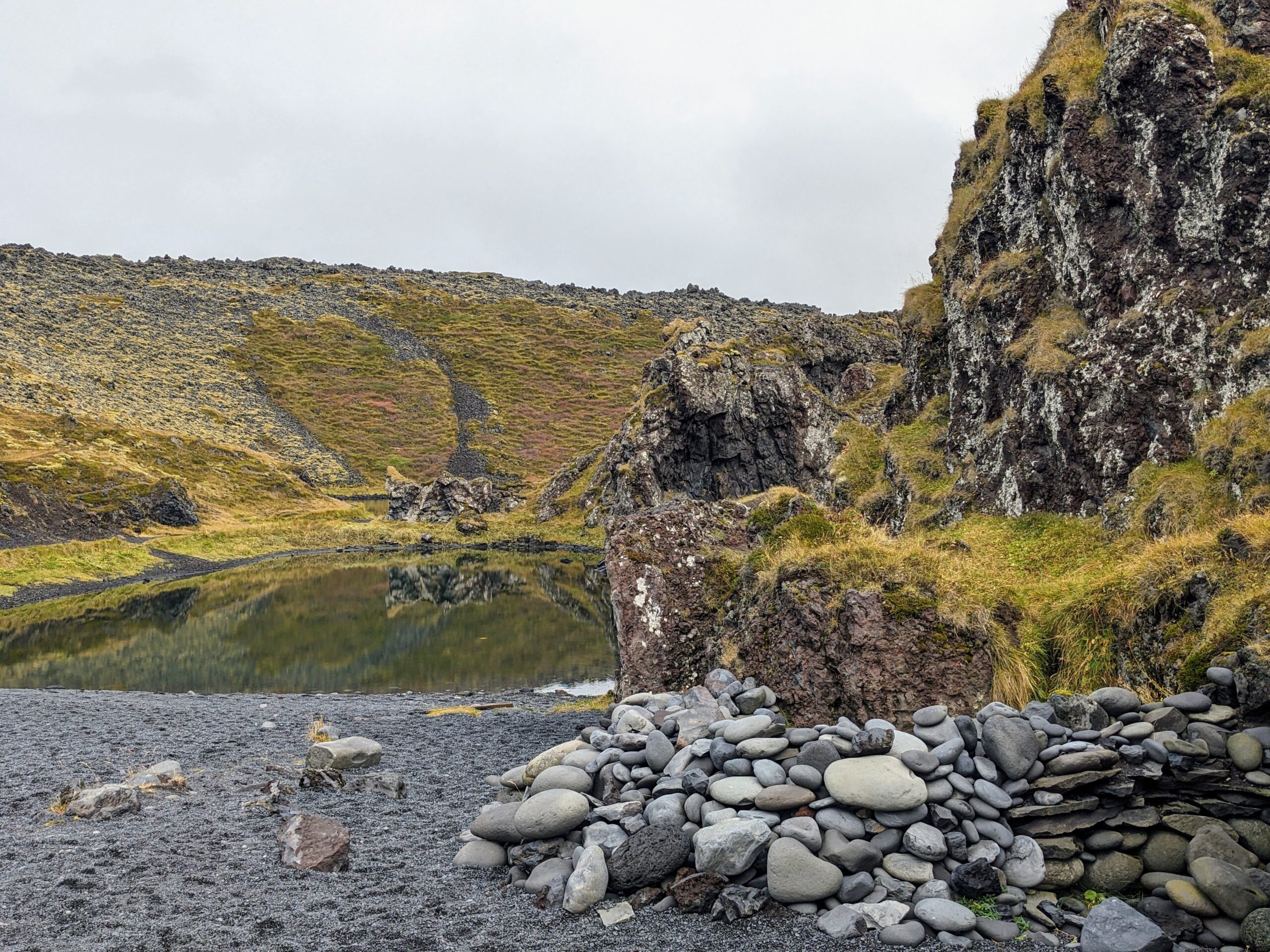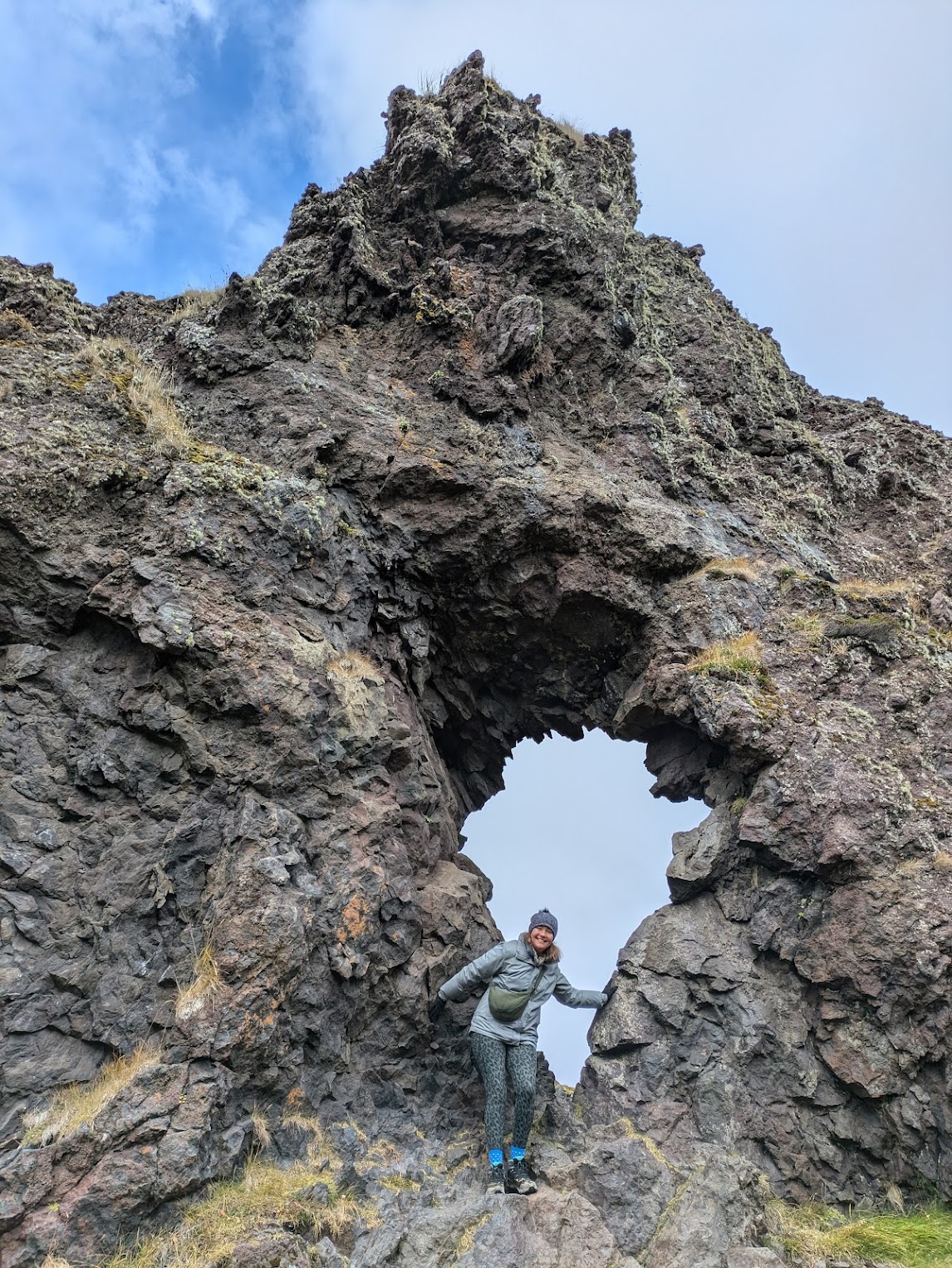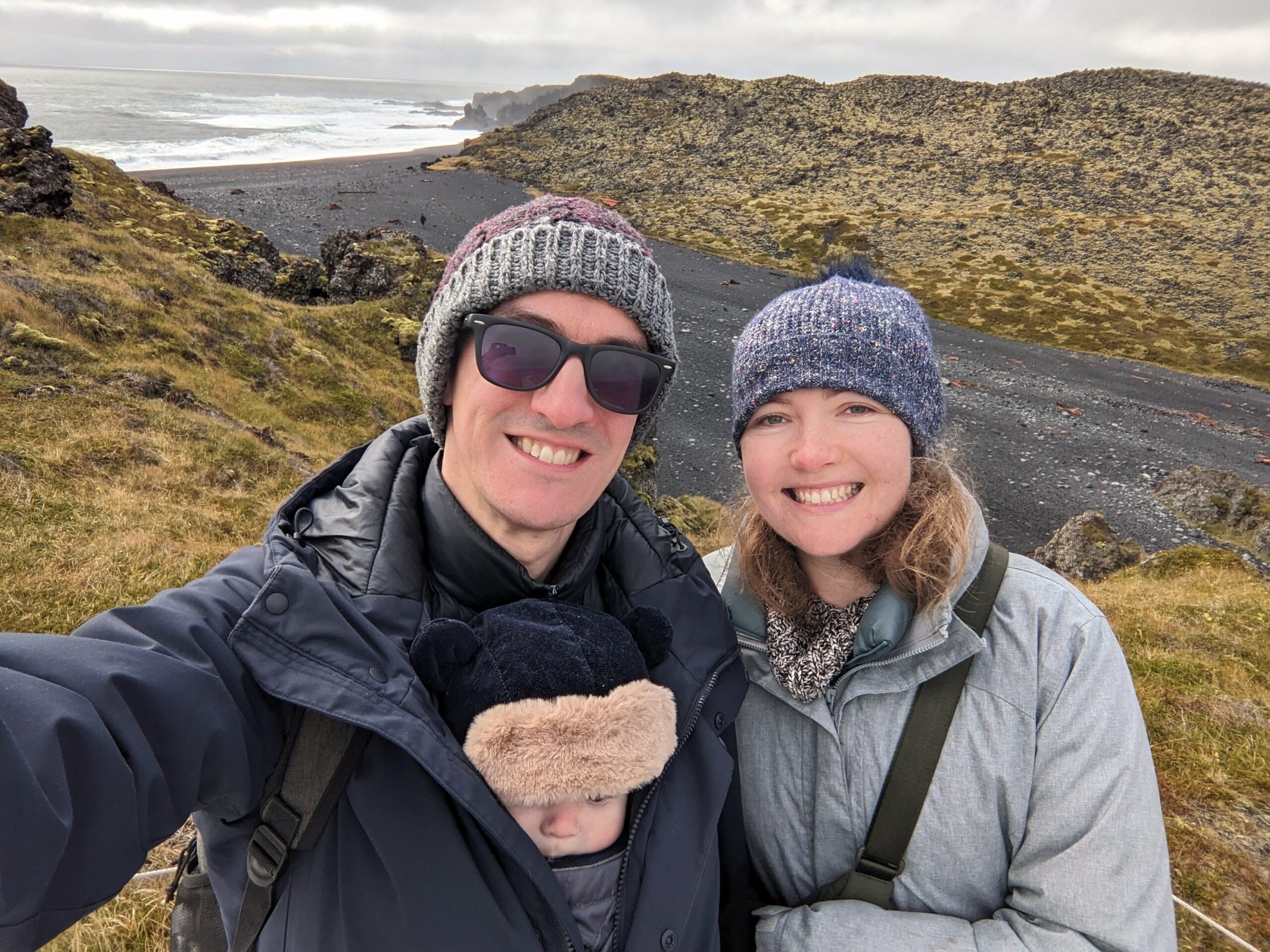After landing at Keflavik airport, our plan was to spend a couple of days in Iceland’s capital, Reykjavík, before setting off on the first leg of our road trip along Iceland’s west coast. From Reykjavík, this leg took us past the Friðheimar tomato farm, along the crest of the Mid-Atlantic Ridge in Þingvellir National Park, and ended up at the tip of the volcanic Snæfellsnes peninsula. As promised, Iceland delivered nearly four seasons of weather in almost as many days! 😬
However, our plans almost went out of the window when our outbound flight was cancelled, but we managed to rebook onto a similarly-timed flight the next day. To be honest, we really should have booked this flight anyway, as it gave us an extra day to get ourselves sorted ahead of our departure. Alex seemed to quite enjoy his first trip to 30,000 ft, and fortunately he’s no stranger to starting his day at 4:30am.
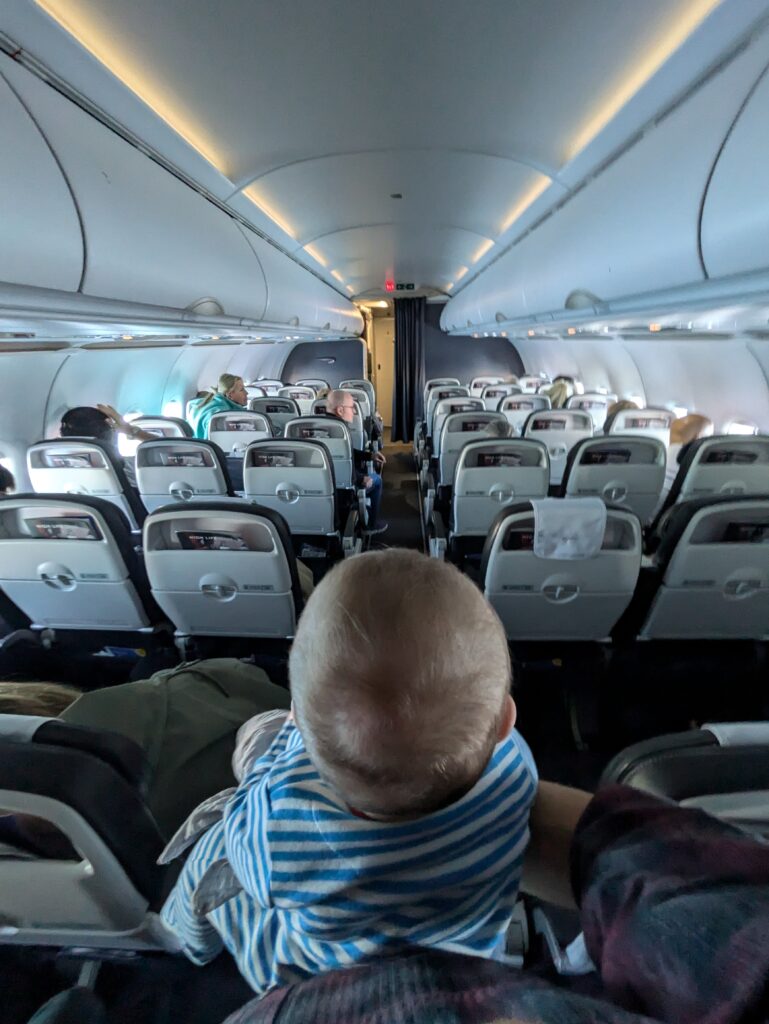
Reykjavík ☀️
We landed at Iceland’s international airport in Keflavik, picked up our car, and made a beeline for Reykjavík. While the journey had only taken 8 hours from door to door, we’d already produced nearly a full load of laundry, so thank goodness we’d booked an apartment with a washing machine – travelling with a baby is no joke!

We were so fortunate to arrive in Reykjavík on a cloudless day, with the autumn sun showing off the city’s multi-coloured buildings in their best light. All roads in Reykjavík seem to radiate out from its most recognisable landmark – the Hallgrimskirkja Lutheran church. Its striking design is somewhat circular in origin – the church facade is intended to resemble the columnar basalt rock formations found across Iceland, which themselves are often referred to as “organ pipe” rock formations.
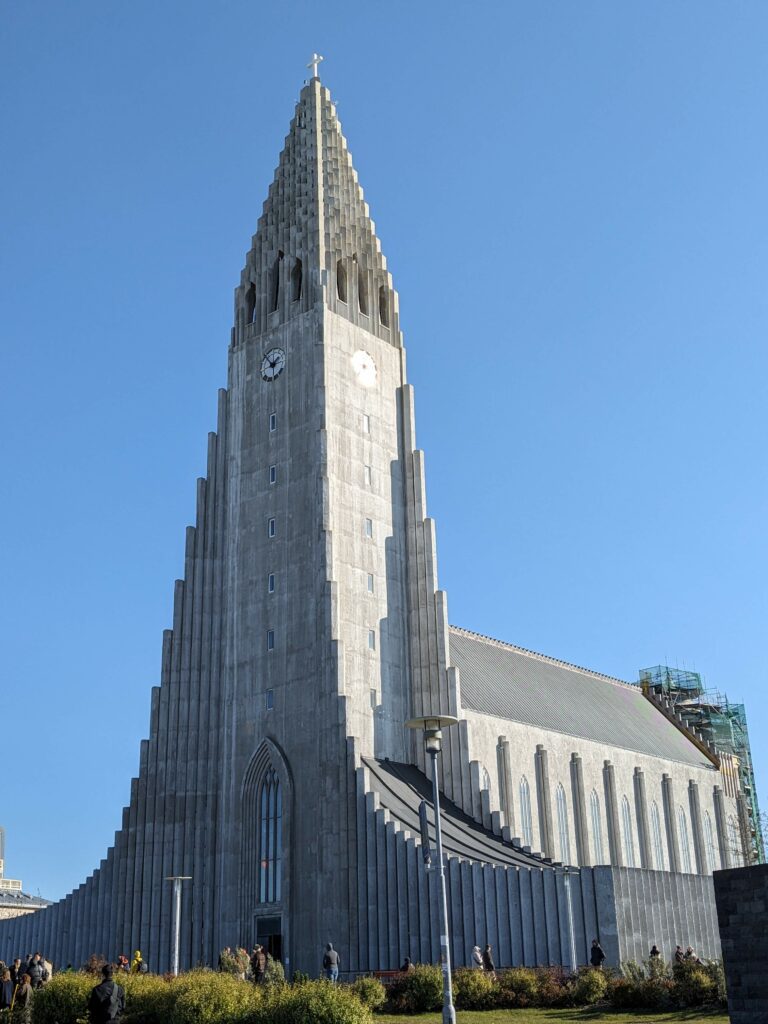
We enjoyed both the church’s exterior from ground level and the views over the city from the top of its clock tower. I say “we”, but Alex slept through the whole experience, including the deafening bells which chimed every 15 minutes!
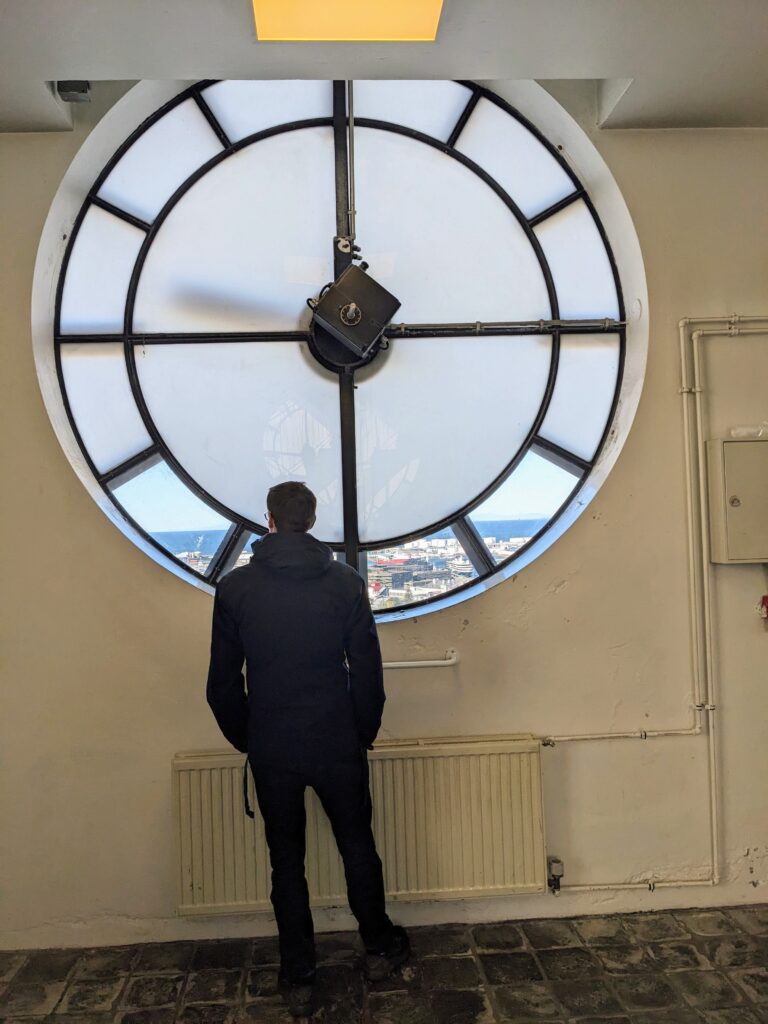
Reykjavík has every municipal service that you’d expect from a big city (e.g. an airport, a national museum, a large hospital etc.), but their close proximity and perfectly groomed appearance gave Reykjavík an almost a toy-town feel when viewed from above. For example, it would take just 18 minutes to walk from the city centre to the domestic airport!
Friðheimar tomato farm & Þingvellir National Park 💨 🌧
From Reykjavík, we took a significant detour east to the Friðheimar tomato farm for lunch. This farm manages to grow tomatoes in greenhouses all year round, despite Iceland’s dark and cold winters. The greenhouses are kept warm by geothermally-heated water which is circulated in pipes, and the greenhouses are lit using electricity generated by hydroelectric and geothermal power plants. One staff member told us that the whole operation uses as much energy as a town of 7,000 people, but, as she casually added, “energy in Iceland is free”. While this might not quite be true, they certainly have no shortage of renewable energy, and I since learned that Iceland even has plans to share its energy with the UK via a subsea eletricity interconnector.



With our bellies full from the tomato-themed menu (including all-you-can-eat tomato soup and the most incredible bread buffet) we turned back towards the ringroad, stopping in Þingvellir National Park en route, which lies on the Mid-Atlantic Ridge at the meeting of the North American and Eurasian tectonic plates.
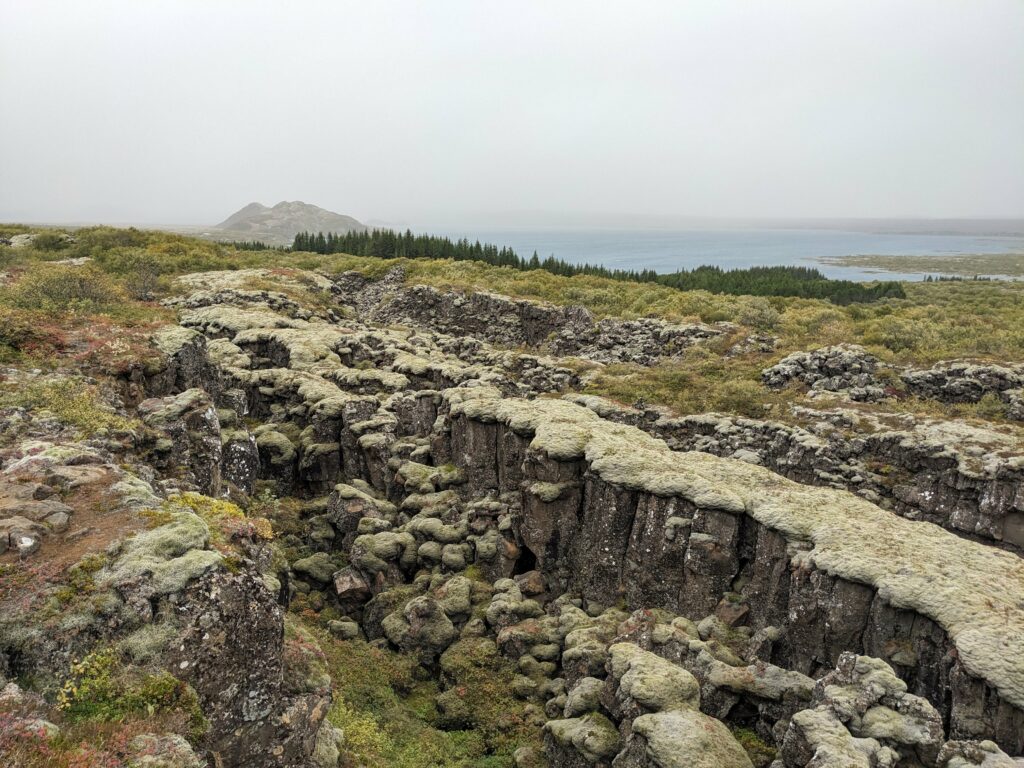
Despite the inclement weather, we braved the walk between the plates, which continue to separate by 25 cm each year. While Alex has been less than impressed with his new car seat in the hire car, he didn’t seem to mind getting battered by the gale-force wind and rain as we emerged on the crest of the ridge.
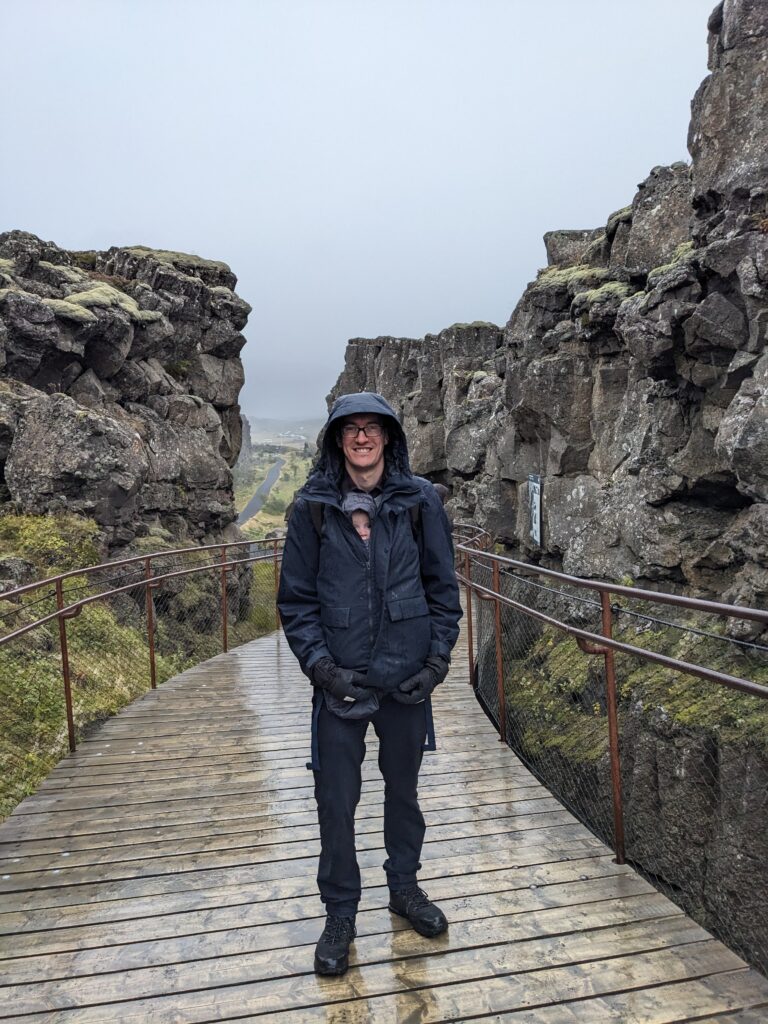
Snæfellsnes Peninsula 🌦
Our last stop on Iceland’s west coast was the Snæfellsnes peninsula, which juts out west towards Greenland and culminates dramatically in the Snæfellsjökull volcano.
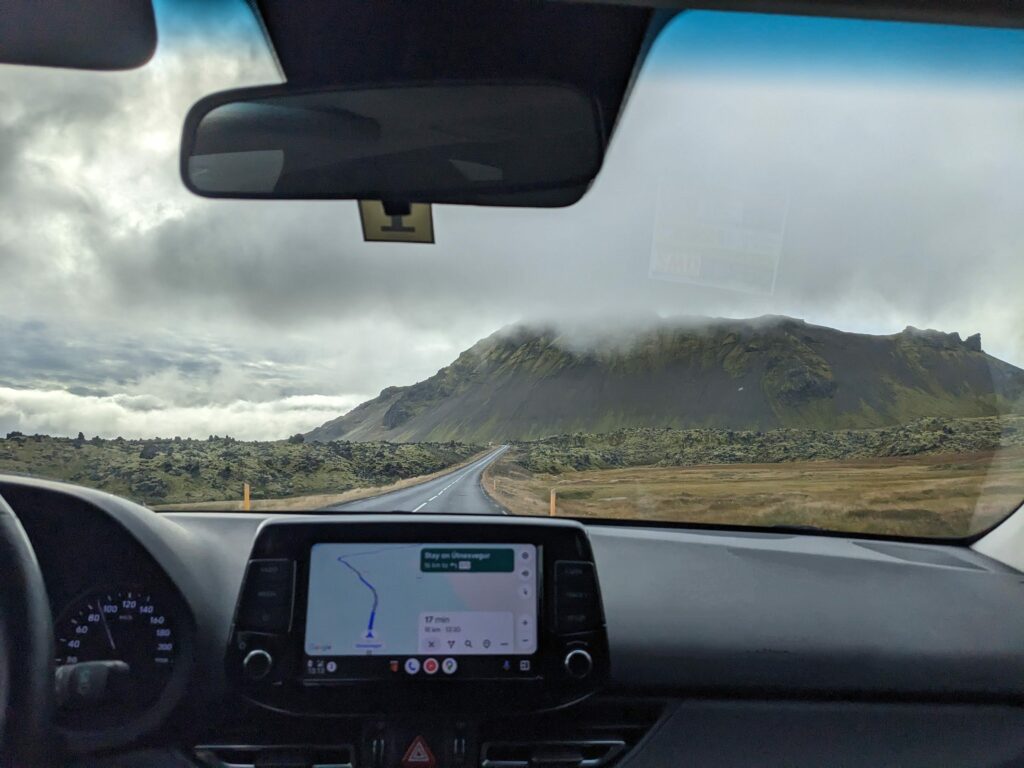
Since climbing the volcano is a serious affair and only possible with a guide, we opted for a more leisurely stroll through a lava field and down to a black sand beach.
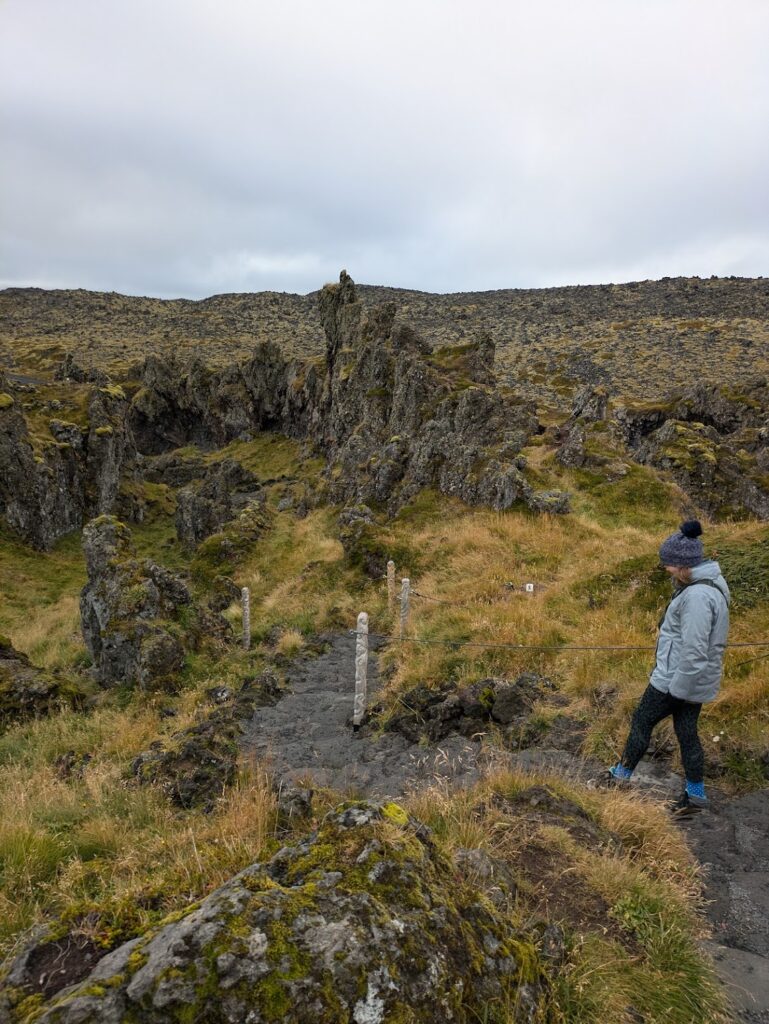
The beach was littered with rusted debris from an English trawler that had wrecked on the rocks nearly 60 years ago. Somehow, an Icelandic rescue team from a neighbouring village managed to save five of the nineteen crew from the icy waters below.
We left the peninsula via a 53 km gravel road (!) which crossed the ridge and followed the north coast inland towards a farmhouse beside Lake Hakadalsvatn, our lodging for the night and final stop before heading towards Iceland’s wild north.
